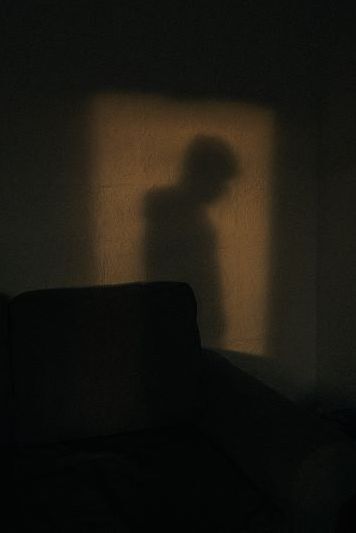Domestic violence is a pattern of abusive behaviors used by a partner in an intimate relationship in order to gain and maintain power and control in a relationship. That includes all current or former intimate partners, regardless of whether they are married or have a child in common. This means same-sex couples and dating couples (including teens) have access to domestic violence victim resources such as Orders of Protection.
There are several different types of abuse:
Physical Abuse
Involves contact designed to inflict pain, suffering, punishment, or harm. This includes hitting, punching, kicking, shoving, strangling, throwing things at the partner, etc.
Emotional and Verbal Abuse
Involves acts designed to intimidate, humiliate, and belittle the victim. This includes name-calling, criticizing, demeaning and insulting the victim, and withholding affection, making the victim feel unloved or unwanted. Isolation is a form of abuse where the abuser cuts off the victim from family, friends, or resources. The victim is not allowed to go out with friends, visit family, or have access to a car to get around. This ensures that the victim has to rely on the abuser and will be reluctant to leave or ask for help.
Financial Abuse
Involves keeping the victim financially dependent on the perpetrator. This can include, but is not limited to, not allowing the victim to keep a job, restricting access to bank accounts or credit cards, withholding basic necessities, and making the victim account for all spending. Like isolation, this ensures that the victim is dependent on the perpetrator and feels like he/she won’t be able to make it on his/her own.
Sexual Abuse
Includes minimizing feelings about sex, rape, and withholding sex and affection. Sexual abuse is a way abusers humiliate and control their victims.
Understand the Cycle of Violence
While the abuse may not always be constant, domestic violence, and its cycle, is always happening. There are three phases to the cycle:
- Tension building phase
- The perpetrator begins to show anger and pick fights.
- Verbal abuse begins, and the victim tries to ease the situation by giving in to the perpetrator and becoming compliant; trying to keep the peace.
- Acute abuse phase
- The tension has peaked and there has been some form of significant violence.
- Honeymoon phase
- The perpetrator is loving and apologetic. There is generosity and kindness; possibly gifts.
- The perpetrator assures the victim that the abuse will never happen again.
It Is Still Abuse If . . .
- The incidents of physical abuse seem minor when compared to those you have read about, seen on television or heard other women talk about. There isn’t a “better” or “worse” form of physical abuse; you can be severely injured as a result of being pushed.
- The incidents of physical abuse have only occurred one or two times in the relationship. Studies indicate that if your spouse/partner has injured you once, it is likely he will continue to physically assault you.
- The physical assaults stopped when you became passive and gave up your right to express yourself as you desire, to move about freely and see others, and to make decisions. It is not a victory if you have to give up your rights as a person and a partner in exchange for not being assaulted!
- There has not been any physical violence. Many women are emotionally and verbally assaulted. This can be as equally frightening and is often more confusing to try to understand.

